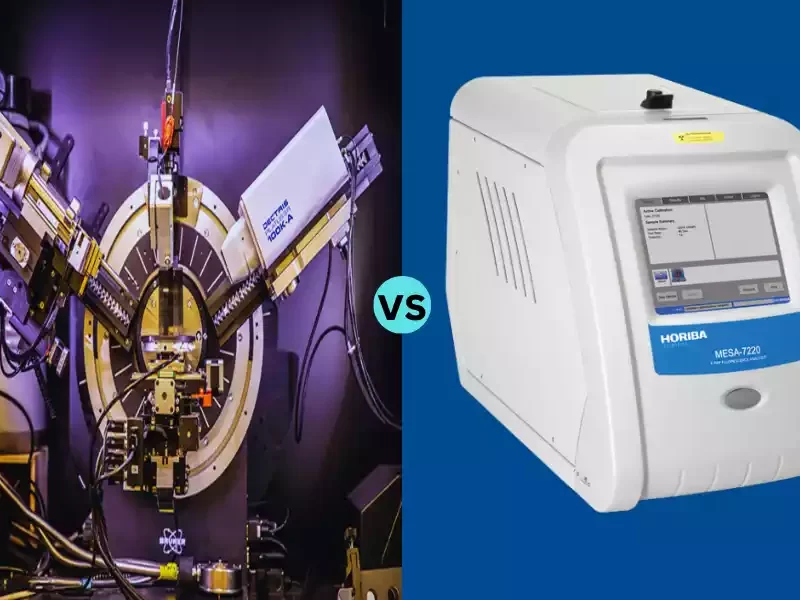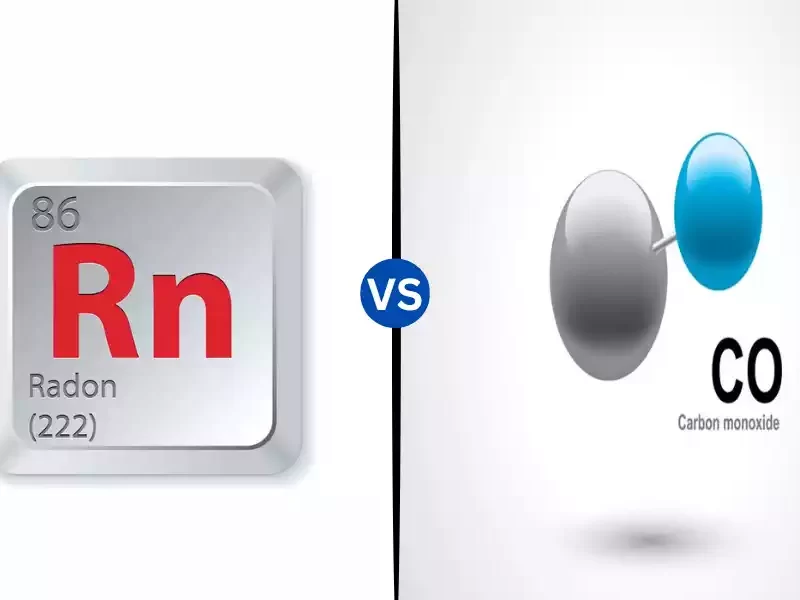Type 1 2 and 3 Restriction Endonuclease that the cleavage site in the type 1 restriction endonuclease appears to be random and away from the site of recognition, and the cleavage site for type 2 restriction endonuclease is located at the recognition site, and the cleavage location of the type 3 restriction endonuclease lies between 20 and 30 base pairs downstream of the recognition site.
In the field of molecular biology, restriction enzymes also referred to as restriction enzymes play a crucial role in the manipulation of DNA and defense mechanisms within the archaea and bacteria. The enzymes can be classified into different types, with the three types of Type 1, Type 2, and Type 3 being three distinct types.
Knowing the functions and differences of the three types is vital to researchers working in the area of biotechnology and genetics. In this overview we’ll give a general outline of the Type 1, Type 2, and Type 3 Restriction Endonucleases, as well as their importance for research on DNA.
Definition of Type 1 Restriction Endonuclease?
Type 1 Restriction Endonuclease functions similarly to a small molecular device within some bacteria. It’s like a robot that cuts the DNA of invaders. The robot, however, can be a little complicated as it comes with many different parts and has the ability to cut DNA at different locations.
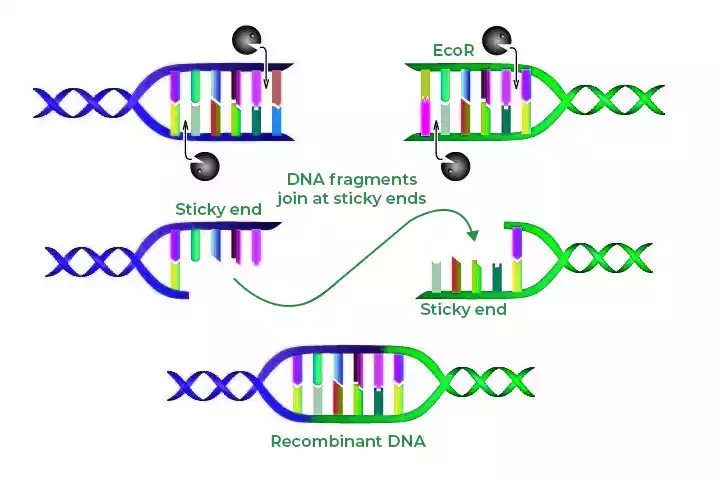
It protects bacteria from infections. Also, Typ 1 Restriction Endonuclease (or rEnU) is a DNA-cutting robot found in bacteria. It’s extremely selective in the places it is cutting.
Definition of Type 2 Restriction Endonuclease?
The Type 2 Restriction Endonuclease acts an incredibly small scissors bacteria make use of in order to slice DNA. Imagine it as a small DNA-cutting device that is able to cut DNA precisely at certain locations.
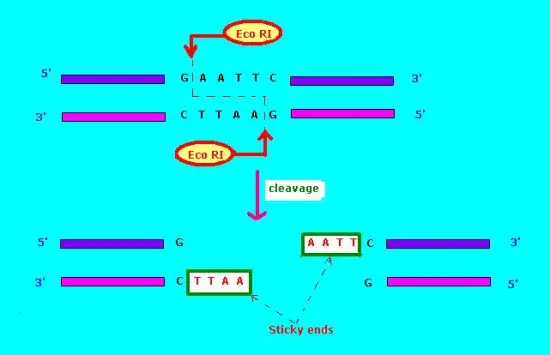
This is similar to using scissors to cut paper to a particular form. Bacteria make use of this type of scissors to safeguard them from harmful substances, such as viruses. Thus The Type 2 Restriction Endonuclease acts the same as DNA scissors that bacteria employ to cut DNA precisely at the right places.
Definition of Type 3 Restriction Endonuclease?
Type 3 Restriction Endonuclease works similarly to a DNA ninja found in certain bacteria. It’s more difficult due to the fact that it has to locate two distinct spots on DNA before making the cut. Like a ninja, it needs to discover two hidden markings before cutting an object.
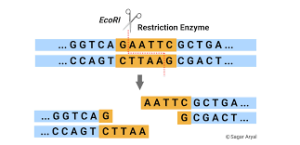
This particular ninja can help bacteria avoid infection by cutting DNA at exactly the right places. Therefore Typ 3 Restriction Endonuclease (T3RE) is an intelligent DNA ninja who requires two marks that are secret to cut DNA and ensure the safety of bacteria.
The Importance of understand Type 1, 2, and 3 Restriction Endonucleases
Biotechnological Advancements:
- Type 1, Type 2 Type 1 as well and Type 3 Restriction Endonucleases serve as fundamental techniques in genetic engineering and manipulating DNA.
- They allow researchers to cut and alter DNA in a precise manner This is vital in gene cloning and the recombinant DNA technique, as well as methods for editing genes such as CRISPR-Cas9.
- The study of these enzymes is a key element in advanced biotechnology that will lead to innovations in the fields of agriculture, medicine, and many more.
Bacterial Defense Mechanisms:
- Type 1, Type 2 and Type 3 restriction endonucleases perform an important role in the defense mechanism of microorganisms and archaea in the fight against infections caused by viruses.
- In recognizing and cutting viruses’ DNA molecules, enzymes protect host cells from dangerous intruders.
- Understanding how defense mechanisms work is vital in studying interactions between viruses and bacteria. It can lead to new ways of fighting against infections.
DNA Research and Analysis:
- Researchers employ these enzymes to study DNA sequences, as well as to discover the genetic code encoded within DNA.
- The precision of their cutting DNA in specific locations is crucial for mapping genes and studying the function of genes as well as examining genetic disorders.
- Without an understanding of these enzymes studies in genomics and genetics could be difficult or even impossible.
Tool for Molecular Diagnosis:
- Restriction enzymes, such as type 2 enzymes, are employed in diagnostic methods such as DNA fingerprinting, as well as for forensic analysis.
- Knowing how they function is vital to be able to utilize this method to find the individuals involved or to trace their genetic links.
Teaching and Learning Molecular Biology:
- Knowing the Type 1 as well Type 2 and Type 3 Restriction Endonucleases is essential to researchers as well as students in molecular biology.
- They are the foundational ideas in the field of genetics. An understanding of their enzymes is essential for future research in this area.
Ongoing Research and Innovation:
- The ongoing research into restriction enzymes, which includes the latest discoveries and advancements is based on a solid basis of understanding of the enzymes.
- Knowing their distinct properties and the mechanisms that they employ can lead to creativity and new applications.
Characteristics of Type 1 2 and 3 Restriction Endonuclease
Type 1 Restriction Endonucleases:
- Complex Structure: Typ 1 enzymes comprise multiple proteins, making the whole machine complex.
- Multifunctional: It has a variety of tasks, such as the ability to recognize DNA molecules, cut them as well and modify them. They are versatile but difficult to understand.
- Random Cleavage: Enzymes of Type 1 slice DNA in random places and aren’t connected to their recognized locations.
- Cofactors: The type 1 enzymes require cofactors like ATP (hydrolyzed adenosine triphosphate) for functioning.
- Part of Restriction-Modification Systems: Type 1 enzymes are often part of a larger system that includes DNA modification enzymes to protect the host DNA.
Type 2 Restriction Endonucleases:
- Simple Structure: Typ 2 enzymes usually are single proteins simplifying their design.
- Cleavage that is Sequence Specific: They cut DNA in exact locations that match their recognized sites.
- No cofactors are required: The Type 2 enzymes don’t require any additional cofactors to support their function.
- A lot of use to Molecular Biology: These enzymes are widely used in the manipulation of DNA, cloning, and various other molecular biology techniques.
- Variable Specification: There are many kinds of Type 2 enzymes each of which has its own recognition sequence.
Type 3 Restriction Endonucleases:
- Complexes that have Modification enzymes: The type 3 enzymes work together with DNA modification enzymes and protect against DNA modification.
- Two Recognized Sites: It requires two recognition spots on the DNA prior to being cut, thereby making the cut more precise.
- Cleavage Occurs Downstream: Cleavage happens around 20-30 base pairs downstream from the site of recognition.
- Unique Mechanism: Type 3 enzymes exhibit a unique mechanism that blends recognition with cleavage in the same structure.
- Biological role: They are involved in the defense mechanism of both archaea as well as bacteria to protect themselves from viral DNA.
Functioning of Type 1, 2, and 3 Restriction Endonucleases
Type 1 Restriction Endonucleases:
- Complex multifunctional machines: Type 1 enzymes work similarly to molecular multitools. They’re made of a variety of protein subunits each one with its own task. Certain recognize DNA while others cut it while some alter the DNA.
- Recognizing Enemy: The Type 1 enzymes initially look for specific DNA sequences that are also known as recognition sites. They act as codes that enzymes have been taught to identify.
- Random Cutting: When they locate the site for recognition the recognition site, they don’t cut DNA. Instead, they cut it at random locations, which aren’t necessarily associated with the recognition site.
- Protecting the Host: These enzymes are part of a larger system in bacteria called the “restriction-modification system.” They aid in protecting the host’s DNA by altering and cutting DNA from invading viruses that usually don’t have modifications.
Type 2 Restriction Endonucleases:
- Simple DNA Scissors: The Type 2 enzymes function precisely cut by molecular scissors. They comprise a single protein and that protein performs all the tasks.
- Recognition of The Bullseye: Type 2 enzymes recognize DNA sequences. They can be compared to bullseye targets. Once they have found the match, they instantly take out the DNA in this location.
- There is no additional help required: Unlike Type 1 enzymes, it doesn’t need additional helpers or cofactors to work. They’re straightforward and reliable.
- Tools for Molecular Biology: These enzymes are extensively employed in molecular biology to perform different applications, including the cloning process and manipulation of DNA.
Type 3 Restriction Endonucleases:
- DNA Ninjas with Twists: The Type 3 enzymes work the same as DNA ninjas, but with an original twist. They are part of an entire team and need two recognition sites in order to cut DNA.
- Double-Site Recognition: Before making cuts, they have to identify two distinct DNA sequences. They are typically somewhere in the distance.
- Clever Cutting: After they have found the two sites of recognition make a precise cut through them. The double-checking process ensures they cut DNA at the correct place.
- Protection from invaders: Similar to Type 1 and 2 enzymes, the Type 3 enzymes protect the bacteria against viruses by cutting off the DNA of viruses in precisely the correct places.
What are the Similarities Between Type 1 2 and 3 Restriction Endonuclease?
- Type 1, type 2, and type 3 restriction endonucleases are the three restriction enzymes.
- They’re responsible for the process of cleaving DNA on specific spots known as restriction recognition sites in the molecules.
- They are part of a larger group of endonuclease.
- The incisions make two one time within each of the sugar-phosphate backbones in the double DNA Helix.
- They can be found in archaea and bacteria.
- Furthermore, they aid in defending against viruses that invade.
- The three enzymes all have the capability of both the activity of methyltransferase and restriction digestion.
- The restriction enzymes break foreign DNA using restriction digestion.
- Methyltransferase is a modification enzyme that is found in three of the enzymes.
Key Difference Between Type 1 2 and 3 Restriction Endonuclease
The cleavage site in the restriction enzyme type 1 is undetermined and is not near the site of recognition. However, in the type 2 restriction endonuclease, it’s situated at the site of recognition. In the type 3 restriction endonuclease, the location of cleavage is between 20 and 30 base pairs downstream from that recognition area.
So, that’s the major differentiator between type 1 and 3 restriction endonucleases. The Type 1 restriction endonuclease comprises three parts and is thought of as a bifunctional enzyme, having restrictions and methylase functions.
Type 2 restriction endonuclease comprises two subunits, and it has distinct methylase and restriction activities. The type 3 endonuclease has several subunits typically two and is a bifunctional enzyme, having both restrictions and methylase functions.
Here’s a comparison chart highlighting the differences between Type 1, Type 2, and Type 3 Restriction Endonucleases:
| Characteristic | Type 1 Restriction Endonucleases | Type 2 Restriction Endonucleases | Type 3 Restriction Endonucleases |
|---|---|---|---|
| Structure | Complex and Multimeric | Simple and Monomeric | Complex with Multiple Proteins |
| Mechanism of Action | Recognition, Random Cleavage, Modification | Precise Recognition and Cleavage | Double Recognition, Precise Cleavage |
| DNA Cleavage Site | Random and Unrelated to Recognition Site | At the Exact Recognition Site | Downstream of Recognition Site |
| Cofactors Required | Yes, e.g., ATP | No Cofactors Required | Yes, for Cooperative Function |
| Specificity of DNA Recognition | Multiple Recognition Sites Required | Single Recognition Site Required | Two Recognition Sites Required |
| Role in Bacterial Defense | Part of Restriction-Modification System | Independent Bacterial Defense | Part of Bacterial Defense System |
| Biotechnological Applications | Less Commonly Used in DNA Manipulation | Widely Used in DNA Manipulation | Used in DNA Research and Biotechnology |
| Structural Simplicity | More Complex | Simple | Complex with Multiple Components |
| Examples | EcoKI, EcoR124I | EcoRI, BamHI, EcoRV | EcoPI, PstI, XmnI |
Summary
Type 1 and Type 2 as well as Type 3 Restriction Endonucleases constitute essential enzymes that are essential to molecular biology and biotechnology. Each has distinct features. Type 1 is complicated, multi-functional, and randomly cleaves DNA.
Type 2 is the simplest with precise recognition as well as breaking at the recognition location. Type 3 is more complex and works with modification enzymes, needing two recognition sites to ensure exact cutting.
Knowing these enzymes is essential to the study of DNA, gene editing as well as the process of cloning. They play an essential function in bacterial defense mechanisms against viruses. Type 1 and Type 2 as well as Type 3 enzymes have diverse applications in the fields of biotechnology and genetics which makes them essential tools to advance science and innovation.


